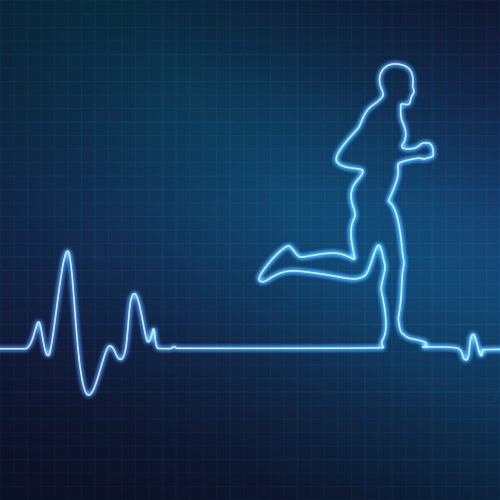Key points from article :
All athletes, if they are trained too much then their legs feel terrible after a while.
Researchers recruited 11 healthy young people for four-week with increasingly intense regimen of sessions.
By monitoring their glucose tolerance and mitochondrial function.
Intrinsic mitochondrial respiration improved during the first two weeks of the workout schedule.
During the toughest week, they displayed insulin resistance and other deleterious metabolic changes.
Glucose tolerance was also dropped between the light-training week and the end of the excessive-training week.
Then the researchers monitored blood glucose levels in 15 elite athletes.
Who weren’t subject to any intervention and in matched, non-athlete controls.
Two groups’ levels over a given 24-hour period were about the same, but the athletes spent more time.
Study coauthor Mikael Flockhart says "it’s not clear where the tolerable limit of training is, especially..."
Research by Swedish School of Sport and Health Sciences published in Cell Metabolism.





